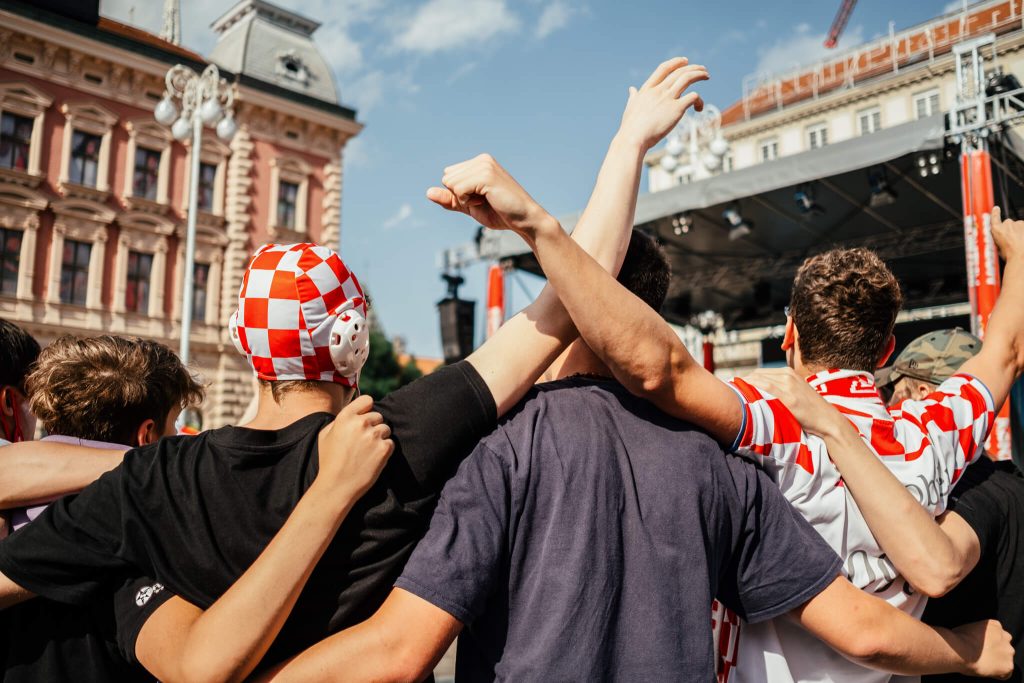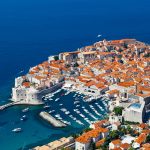2022 is just around the corner, and for the vast majority, uncertainty continues to prevail over the rest of the sensations for the new year. However, while the pandemic continues to pose a threat to the country’s public health and economy, there is an air of optimism for the coming year. The premise that I hear most often is that 2022 will definitely be better than 2020 and 2021. And yes, well, there are reasons to believe in it. These are some of the ones that I think invite us to believe.
COVID-free travel (?)
We will begin the count with a reason that is still ambiguous in many ways. While travel restrictions in Europe are currently more flexible than last year or 2020, the Omicron variant and low vaccination rates in many European Union countries continue to create uncertainty regarding the next steps to take.
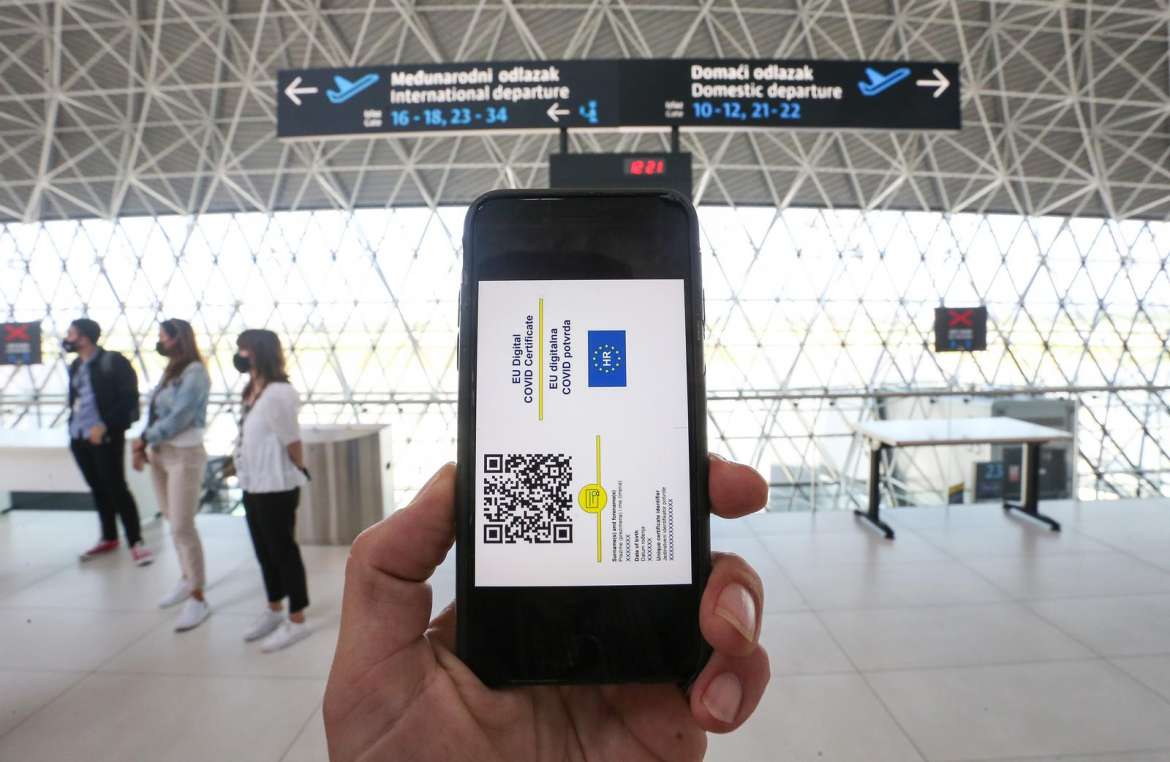
Photo: Zeljko Lukunic/PIXSELL
Despite the fact that COVID-19 continues to affect travel restrictions, the trend in the last two years appears to be positive. In 2020 tourism was affected almost insurmountably. Borders were closed, flights were limited, cruises quarantined, very few tourists arrived, restaurants closed, and more. However, in 2021 and with the arrival of the vaccine, the situation improved considerably and little by little the restrictions were relaxed. The EU COVID digital certificate and the ECDC map helped establish appropriate parameters for the arrival and departure of foreigners to the territory of each country, depending on the situation of COVID cases in the countries of origin. The numbers were still far from those of the last year without a pandemic, 2019, and that is why the season arrived a bit late at the end of June. However, the months that followed saw a massive influx of tourists and flights from all over the world. Even in October a lot of tourist movement could be observed.
If the percentage of the vaccinated population increases in Croatia and epidemiological measures continue to be promoted to guarantee the country as a safe destination, it is very likely that the number and variety of flights will start to increase, and the season could be expected to start early as in May.
Pelješac Bridge
What was longed for for so many years, this year finally came true. The last segment of the Pelješac Bridge was completed, and the reconnection between Croatia and Dubrovnik was celebrated in a symbolic act. The bridge, whose construction began in mid-2018, cost more than 400 million euros and has a total length of 2,404 meters and a height of 98 meters.
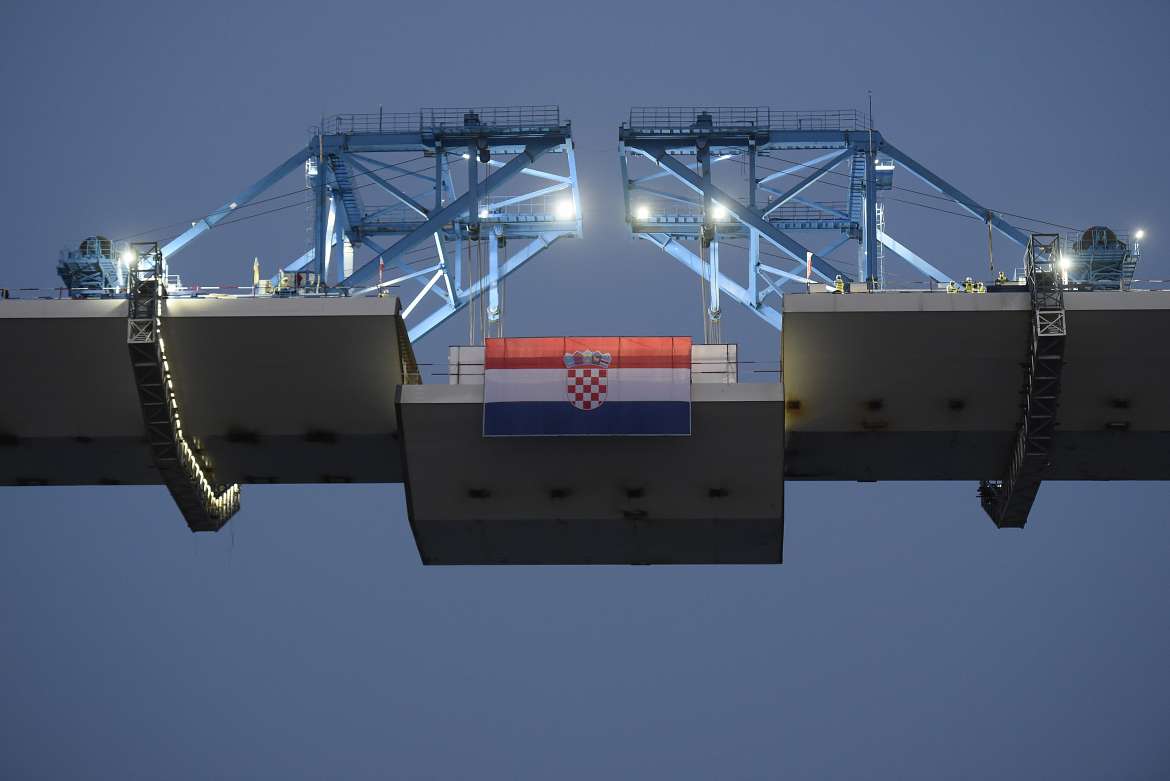
Photo: Mario Strmotić/HINA
The bridge will start at Komarna, 26 km south of Ploče, crossing the Neretva canal and Mali Ston bay, to reach the Pelješac peninsula and continue all the way down to Dubrovnik. In this way, the Pearl of the Adriatic will be 100% accessible through Croatian territory, and that is how the Neum corridor in Bosnia will no longer be the only way to reach the Croatian city.
The bridge is expected to open in June 2022, and will definitely revolutionize tourism on the southern coast of Croatia.
Concerts and Festivals
The music events sector was, without a doubt, one of the hardest hit by the pandemic. Many businesses sought to adapt to epidemiological conditions, but the concerts were simply impossible to carry out due to the impossibility of guaranteeing social distancing due to the crowding of spectators.
However, 2022 promises the return of festivals that had to be canceled due to the coronavirus, such as Ultra in Split, or INmusic in Zagreb. Also, great concerts have already been confirmed for next year, such as Future Islands (March 3rd at Tvornica, Zagreb), Iron Maiden (May 22nd at Arena Zagreb), or The Cure (October 27th at Arena Zagreb).
FIFA World Cup in Qatar
The Croatian national team closed 2021 in a good way, securing their ticket to the next World Cup, achieving direct qualification by beating Russia 1-0 in Poljud. In this way, the Vatreni avoided the European play-offs and, therefore, unnecessary anguish as in past editions.
Despite not being able to repeat what they achieved in the 2018 World Cup at EURO 2020, Dalić’s team found in the second half of this year an opportunity to evolve, combining the player base that achieved second place in Russia, such as Modrić, Lovren, Vida, Perišić, Brozović, Kramarić or Kovačić, with others who made good use of their opportunities, such as Sosa, Livaja, Gvardiol, Juranović, Vlašić, and Pašalić.
Whilst it is still unknown who Croatia will face in the group stage, there is every reason to believe that they will be able to play a good role in Qatar. The World Cup will be held in November-December, which could generate more energy in the post-season, especially in coastal cities.
Schengen area
Next year is an important one, as a decision is expected regarding Croatia’s access to the Schengen area, which would allow the abolition of all passports and all types of border control, improving accessibility to and from Croatia from the other 26 member states, as well as many other foreign countries.
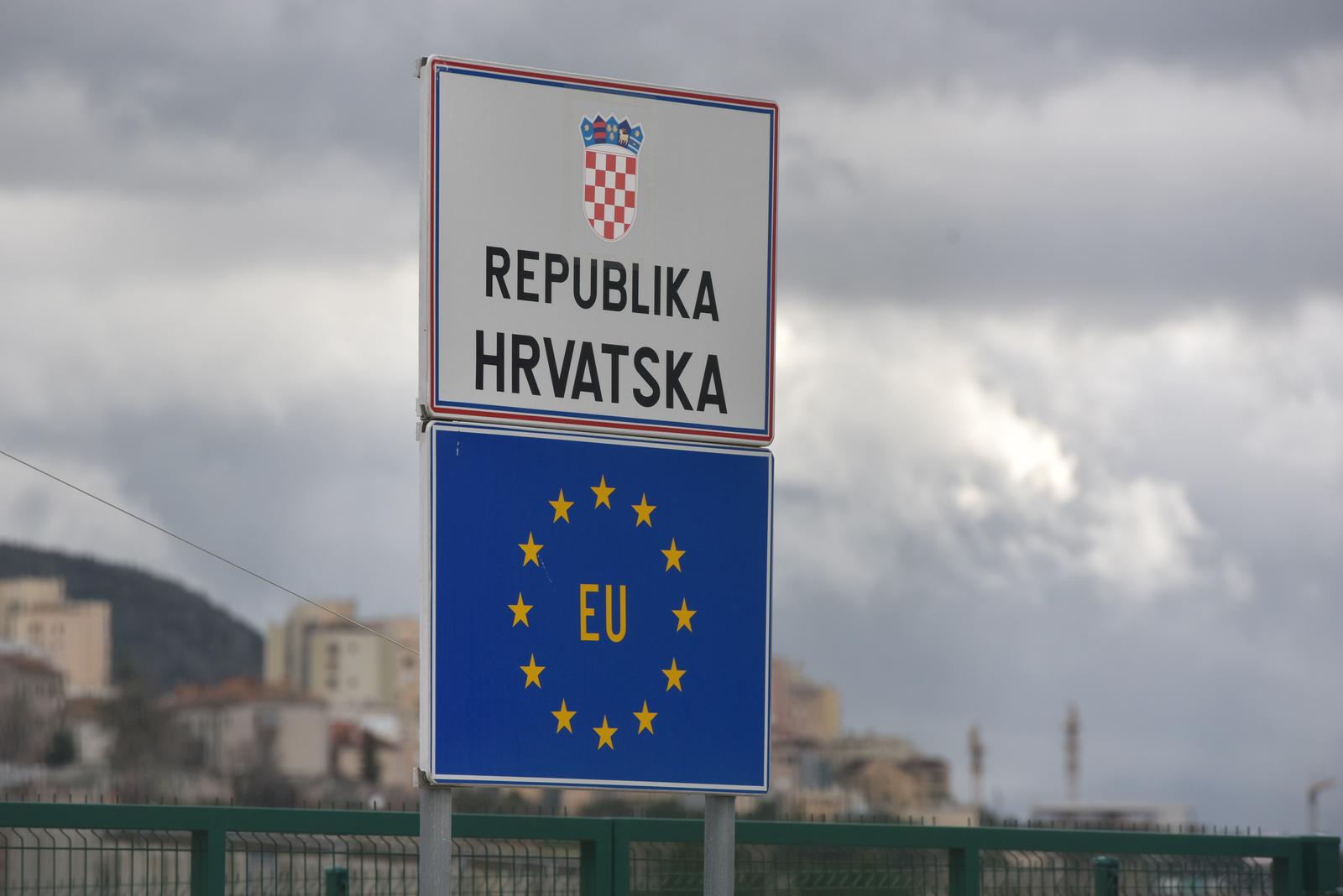
Photo: Hrvoje Jelavic/PIXSELL
In 2021, Croatia received visits from the President of the European Commission, Ursula Von der Leyen, who gave the go-ahead to the National Recovery and Resilience Plan (NPOO) presented by the First Croatian Minister Andrej Plenković for the period 2021-2026; as well as the President of France, Emmanuel Macron and the Prime Minister of Spain, Pedro Sánchez, who, like Von der Leyen, expressed their support for Croatia’s accession to the Schengen area.
Eurozone
The Euro will become the official currency of Croatia from 2023. According to the Croatian National Bank, in the first quarter of 2023, the kuna will begin to be collected and the Euro circulated instead. 2022 will therefore be a decisive year for the Ministry of Finance, as well as all attached entities, to organize a subtle and appropriate transition and to avoid economic repercussions.
The Governor of the Croatian National Bank, Boris Vujčić, announced that starting next summer, prices in stores should already be displayed in both kuna and euros. Croatian Finance Minister Zdravko Marić announced from his side that they will closely monitor the process to ensure that prices are fair and control the inflation rate. A law introducing the Euro is expected to be presented in April 2022.
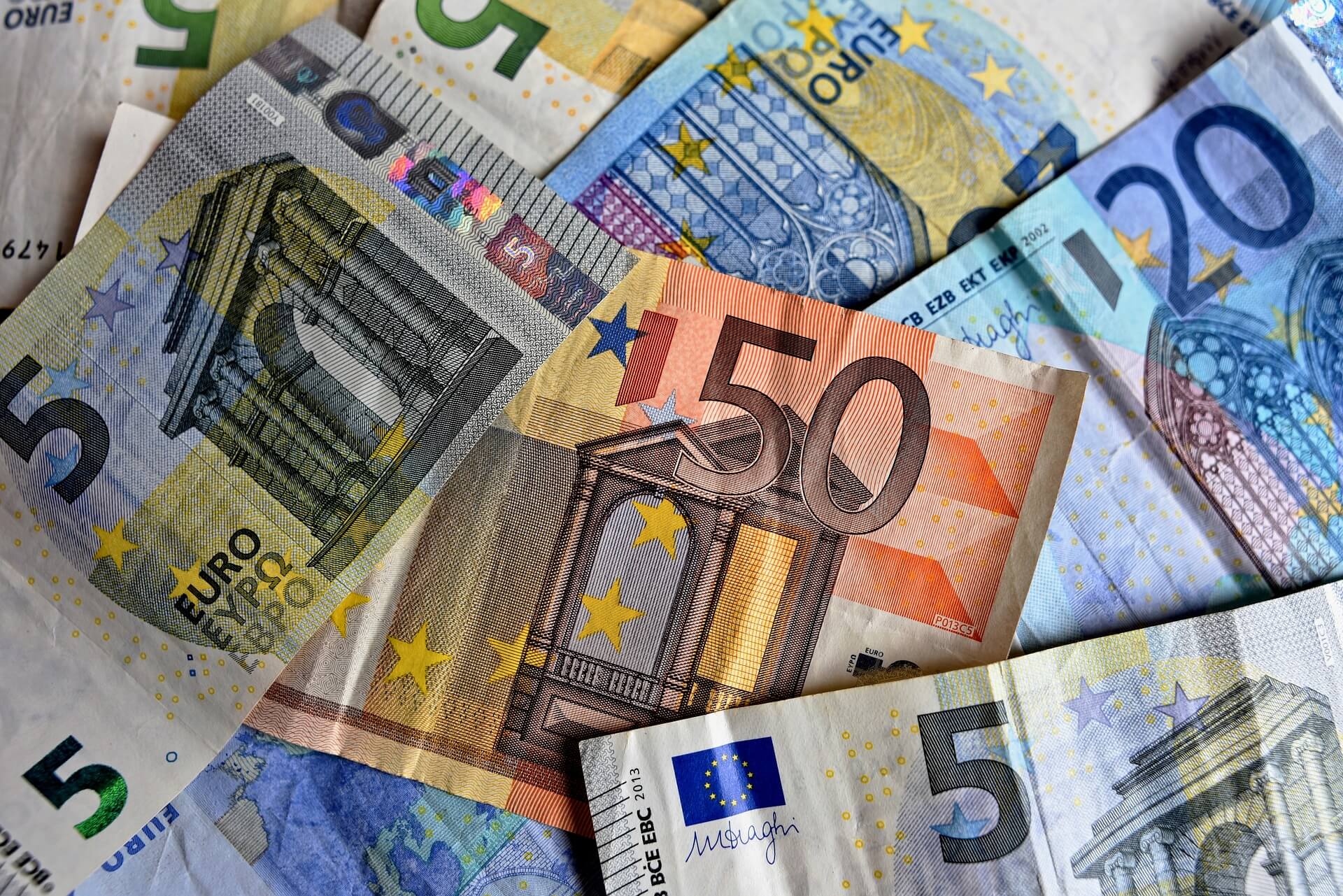
Photo: Pixabay
Again, it is important that in 2022 the Government constantly and transparently report the benefits and positive aspects of the Euro, in order to achieve general support from the population. It should be taken into account that a national collection of signatures was recently carried out to postpone access to the Euro.
US visa-free travel
In the last quarter of 2021, Croatia’s access to the United States Visa Waiver Program was made official, which meant that, as of December 1, Croatian citizens can travel to the American country without the need for a Visa.
The measure comes at a time when the travel situation between Croatia and the United States has improved considerably, taking into account the success of United Airlines’ New York-Dubrovnik flights in the summer of this year, which have been extended until October. of the next year.
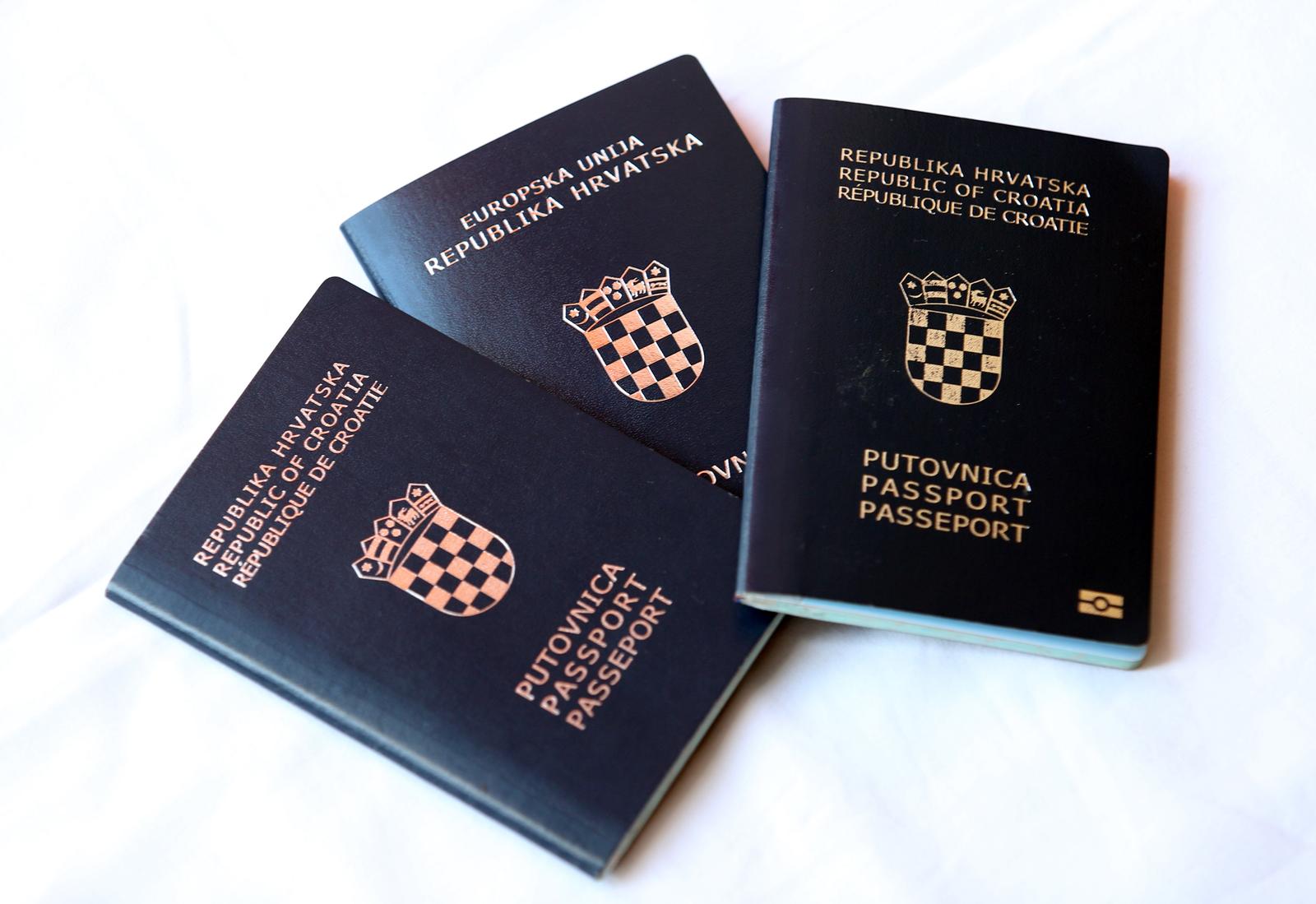
Photo: Dusko Jaramaz/PIXSELL
It is very likely that, considering the evolution of the epidemiological situation, we can see in 2022 a large migratory movement between the two countries.
Winter tourism in Split
I have spent two winters in Split since arriving in Croatia in 2019, and I still don’t understand how the city and the county can completely shut down once the season is over. The number of opportunities to successfully show Split as a winter destination invites us to take a step forward, despite the frustrated attempts of the past.
So this year, four women from Split laid the foundations for a meeting that could be decisive for the future of winter tourism in Split: Daniela Rogulj from Total Croatia News, Jasmina Garbin from Chops Grill, Maria Mustapic from Zinfandel, and Jelena Tabak, President of the National Association of Caterers.
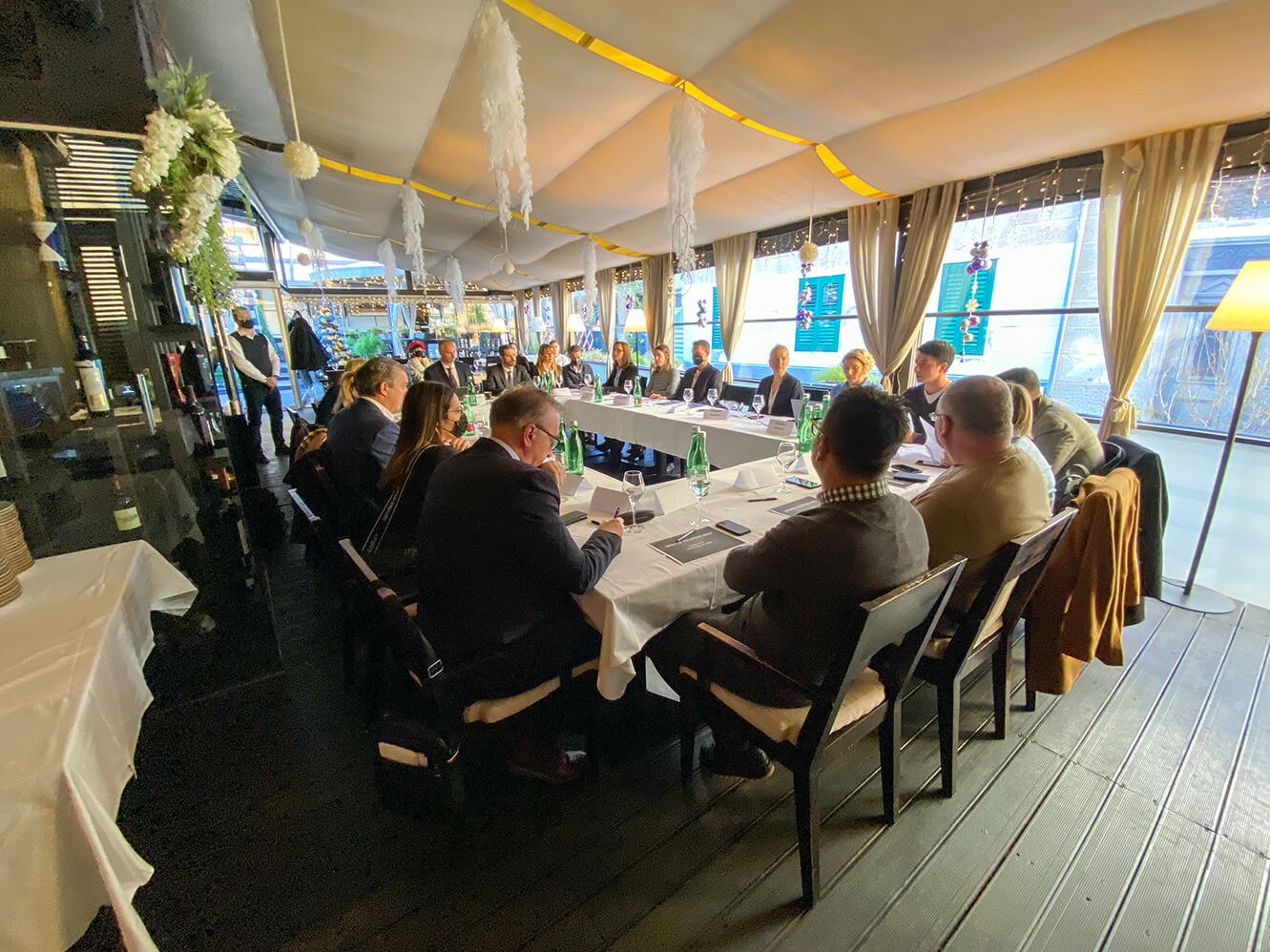
Photo: Jose Alfonso Cussianovich
A series of meetings and research led to the realization of a round table that brought together Ivica Puljak, Mayor of Split, Tonči Glavina, State Secretary of the Ministry of Tourism, Alijana Vukšić, Director of Split Tourist Board, Joško Stella, Director of Split -Dalmatia County Tourist Board, Pero Bilas, Deputy Director of Split Airport, Joze Tomaš, President Split-Dalmatia County Chamber of Economy, and different representatives from the hospitality and catering sectors.
The meeting left very good impressions, and after all concerns were expressed openly, a very positive atmosphere was created where solutions and proposals for collaboration between the public and private sectors were exchanged. Now, it is a matter of words being translated into action, and that the city of Split, Split-Dalmatia County, and the restaurants and hotels of Split work together next year to extend the season until November.
Diaspora
The return of the diaspora to Croatia has been happening since the country became independent in 1995. However, in recent years, the number of migrants of Croatian descent who decided to return to their motherland has increased significantly.
In South America, one of the continents with the highest number of Croatian diaspora, many factors have interceded to motivate many of them to try their luck in Croatia: insecurity on the streets, political and economic instability, and the precarious health system, especially in the wake of the pandemic. Through state-organized incentives and programs, such as the Croatian Language Scholarship, many come to the cities of Zagreb, Split, Rijeka, and Osijek to discover more about their roots, regularize their citizenship, and adapt to Croatian society and culture.
The arrival of the diaspora means a positive contribution to the social and economic development of the country, considering that Croatia also faces a complicated reality in which a large part of its youth decides, year after year, to seek better salary and work opportunities in other countries like Germany, Ireland, or the United States.
Digital Nomads
This year marked a before and after for the Digital Nomads community in Croatia. At the beginning of 2021, the Digital Nomads Permit was presented, granting the possibility that those interested can reside and work in the country for one year. While it is true that a higher number of arrivals was expected, it is important to take into account the existing travel restrictions and the epidemiological situation.
The events and initiatives carried out throughout this year and in almost all parts of the country show the growth of a community and a global interest that has no ceiling: Digital Nomads in Residence in Dubrovnik, the Zagreb Digital Nomad Week, the Ambassadors project Digital Nomads of Zagreb, the Valley of Digital Nomads in Zadar, etc.
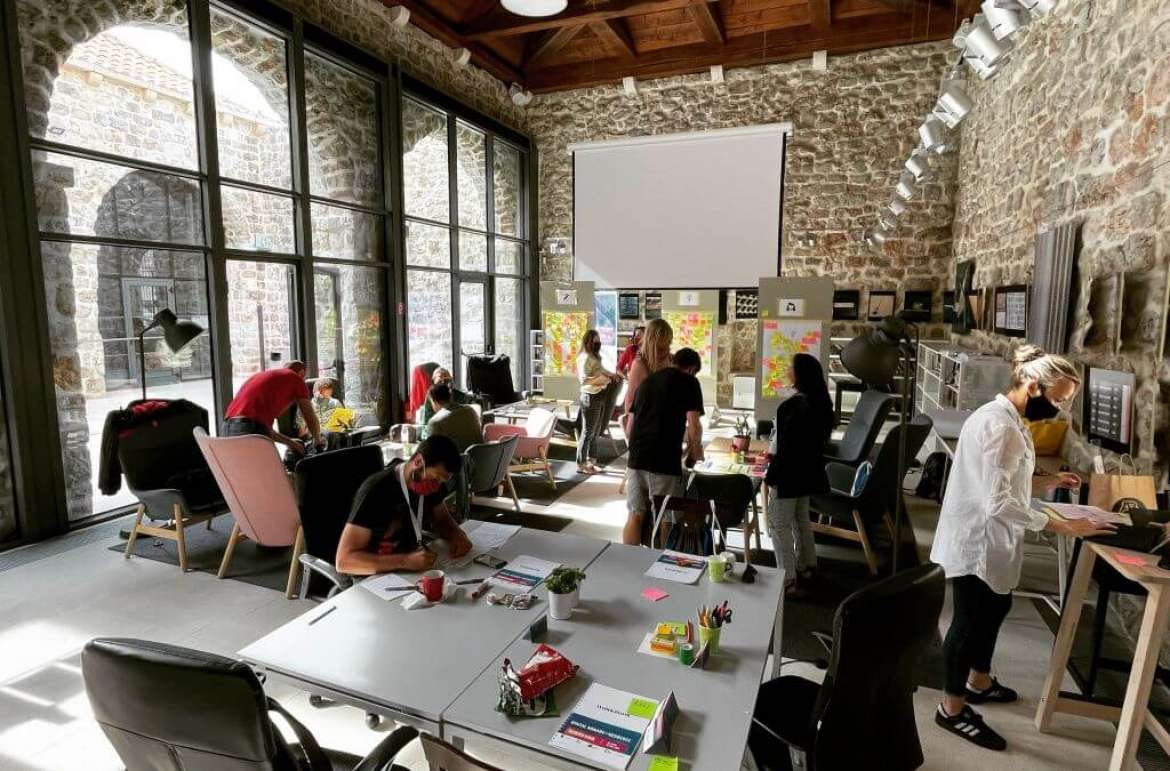
Likewise, the testimonies and experiences of dozens of Digital Nomads in different regions of the country, as well as the interest expressed by many of them to access the permit starting next year, generate a lot of hope. More events are expected to take place, more coworking venues built, and more initiatives such as CROMADS, which seeks to present Croatia as a country rich in activities throughout the year, will continue to attract more Digital Nomads in 2022.
To get the best start to the year, be sure to follow Total Croatia News on Instagram, Facebook, LinkedIn, and Twitter. For more information about Croatia, its destinations, and everything you need to know before traveling, visit Total Croatia. If you want to know everything that Croatia has to offer you twelve months of the year, visit our new portal, CROMADS. For more news about Croatia, click here.
Total Croatia News wishes all of our readers and subscribers a Happy New Year!

